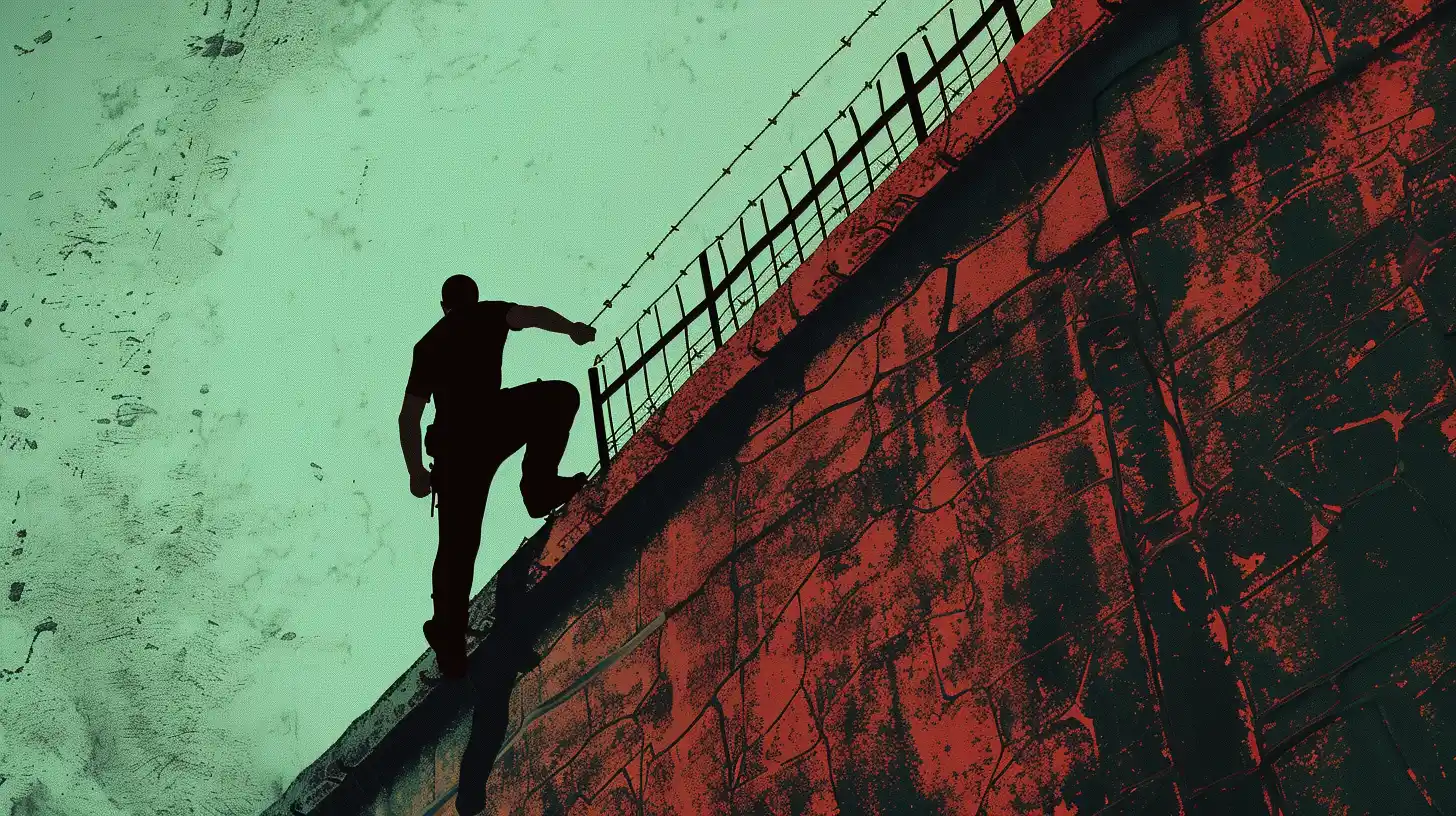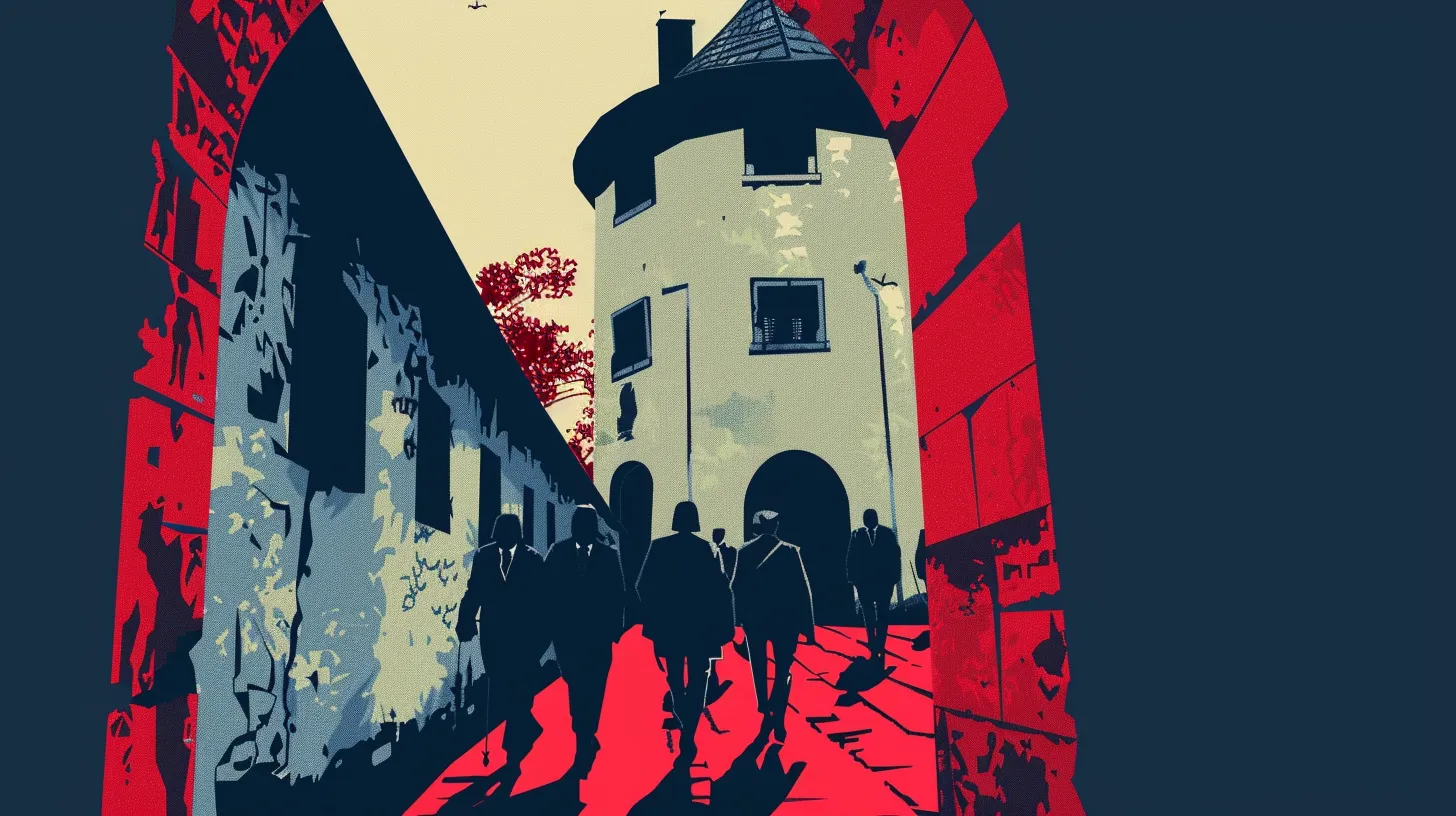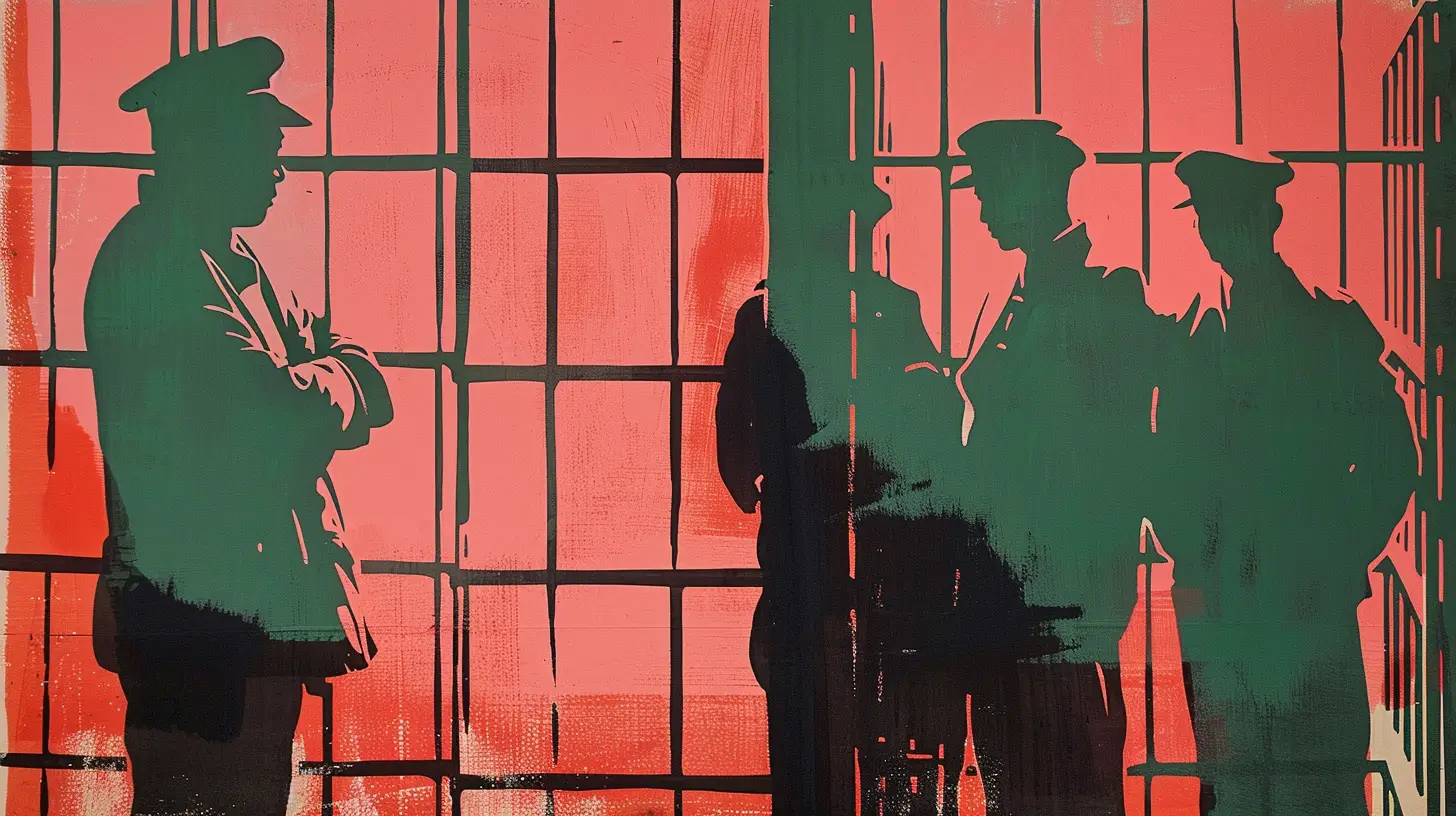
© History Oasis
Daring "prison escapes" have captivated the public imagination, showcasing incredible ingenuity, audacity, and sometimes sheer luck as inmates found ways to break free from even the most secure facilities.

In March 1944, 76 Allied airmen escaped from Stalag Luft III, a Nazi POW camp, through a 102-meter long tunnel nicknamed "Harry" that prisoners had painstakingly dug over the course of a year.
Although only three men ultimately evaded recapture, the escape involved incredible ingenuity.
This included the prisoners constructing an underground air pump system out of bed parts and dispersing over 100 tons of excavated sand by carrying it in pouches hidden in their trousers as they walked around the camp.

On June 11, 1962, three inmates - Frank Morris and brothers John and Clarence Anglin—escaped from the supposedly inescapable Alcatraz Federal Penitentiary by digging through ventilation ducts, leaving papier-mâché dummy heads in their beds to fool guards.
They then used an improvised raft made of raincoats to flee the island. Despite an extensive manhunt and decades of investigation, the escapees were never found, leaving their ultimate fate a mystery and spurring wild theories, including alleged sightings in Brazil and claims of secret communications with family members for years after the escape.

Pascal Payet, a French criminal originally sentenced to 30 years for murder, gained notoriety for his multiple helicopter-assisted prison escapes, including orchestrating two breakouts from the same prison in Luynes.
In his most audacious escape on Bastille Day 2007, four masked men hijacked a helicopter from Cannes—Mandelieu Airport to free Payet from solitary confinement in a high-security prison, leading to a European arrest warrant and his eventual capture in Spain two months later.

In July 2015, notorious drug lord Joaquin "El Chapo" Guzman escaped from a maximum-security prison in Mexico through an elaborate mile-long tunnel equipped with lighting, ventilation, and a modified motorcycle on tracks.
The escape involved a 50x50 cm opening in Guzman's cell shower that led to a vertical passageway and then to the tunnel. It terminated at a half-built house, demonstrating the cartel's engineering prowess and likely involving significant corruption within the prison system.

On March 3, 1934, notorious gangster John Dillinger orchestrated a daring escape from the "escape-proof" Lake County Jail in Crown Point, Indiana, using a wooden pistol he had whittled himself to intimidate guards.
Dillinger fled the scene in the sheriff's own car, passing a cordon of 50 guards while singing "Git along, little doggie" and taking hostages, all without firing a single shot.

The Texas Seven were a group of inmates who orchestrated a daring escape from a maximum-security prison in Texas in December 2000.
Leading to a month-long crime spree that culminated in the murder of a police officer on Christmas Eve.
Two of the escapees allowed themselves to be interviewed on live television before their capture, with one declaring "the system is as corrupt as we are," while another member married a Canadian woman by proxy while on death row.

The Maze Prison escape of 1983, dubbed the "Great Escape" by Irish republicans, saw 38 IRA prisoners break out of one of Europe's most secure prisons in the largest prison escape in UK history.
In a daring operation that involved smuggled guns, hostage-taking, and a hijacked food delivery lorry. The prisoners managed to overpower guards and flee, with some escapees evading capture for decades and even swimming underwater using reeds to breathe to avoid detection.

The Libby Prison escape of February 1864 saw over 100 Union prisoners-of-war tunnel their way to freedom from a Confederate prison in Richmond, Virginia, utilizing an abandoned rat-infested kitchen basement dubbed "Rat Hell" as their starting point.
The prison was considered so escape-proof that guards were caught completely unaware, allowing escapees to simply stroll out of the nearby warehouse gate and giving them a 12-hour head start before the alarm was raised.

Billy Hayes, an American imprisoned in Turkey for smuggling hashish, made a daring escape from İmralı prison in 1975 by rowing a boat at night to Bandirma and then fleeing across the border to Greece.
In a twist of fate, Hayes narrowly avoided being released on parole just three years later in 1978, as Turkish officials had planned to declare him persona non grata and expel him from the country.

Colditz Castle, a Renaissance-era fortress in Germany, gained fame as a high-security prisoner-of-war camp during World War II, housing Allied officers deemed "incorrigible" for their numerous escape attempts.
Despite being considered escape-proof by the Germans—the castle saw one of the highest rates of successful escapes—with prisoners employing ingenious methods including the construction of a hidden glider in the attic. It was dubbed the "Colditz Cock," which was completed but never used as the camp was liberated shortly after.

In 1986, convicted bank robber Michel Vaujour made a daring escape from a Paris prison when his wife Nadine—who had learned to fly helicopters specifically for this purpose—airlifted him off the prison roof using a rented chopper.
The couple, dubbed a "Bonnie and Clyde" pair by police, had apparently planned the elaborate escape for three years, with Nadine taking flying lessons under an alias since 1983 and renting helicopters regularly in the months leading up to the breakout.

Yoshie Shiratori, known as the "Grand Jailbreaker" in Japanese culture, achieved the astounding feat of escaping from four different prisons between 1936 and 1947, using ingenious methods such as picking locks with wires from wash buckets, scaling copper walls, and even dislocating both shoulders to squeeze through a narrow food slot.
In his most daring escape from Sapporo prison—where he was awaiting execution—Shiratori dug a tunnel using miso soup bowls and hid the dirt under floorboards, ultimately leading to his freedom and a reduced sentence due to the court's recognition of his non-violent methods.